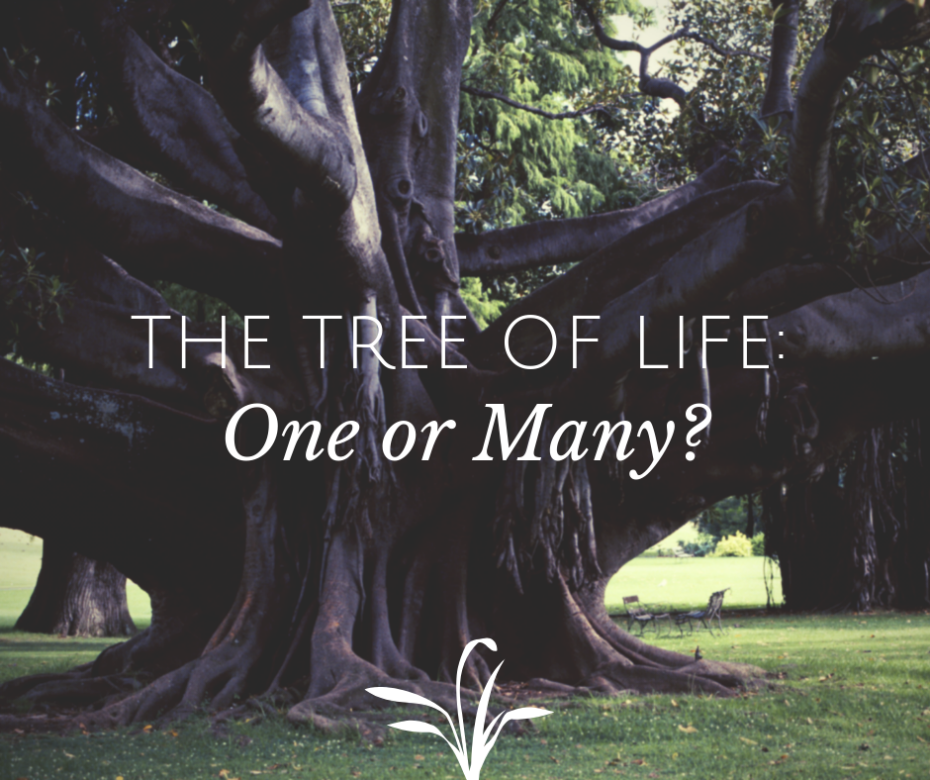Revelation 22:2 has a puzzling description of the tree of life:
In the middle of its street, and on either side of the river, was the tree of life, which bore twelve fruits, each tree yielding its fruit every month. The leaves of the tree were for the healing of the nations.
The tree of life is on either side of the river.
How can a tree be on either side of a river?
Some people have depicted the river running through the tree of life the way a car can drive through one of California’s gigantic Sequoias.
But here’s another idea.
Near the western edge of the Colorado Plateau, in south-central Utah, around one mile southwest of Fish Lake, there is a grove of trees called Pando.
What makes Pando unique (and why it has a single name) is that it is not a grove of trees, per se, but a single enormous tree.
Scientists call it a “clonal colony.”
What that means is, the grove started with a single quaking aspen tree. As the root system of that tree spread, it sent up new stems that grew into trees—clones of the original, and part of the same underground root system. Currently, Pando takes up 106 acres.
What if the tree of life will be a clonal colony like Pando?
I don’t know.
But Pando suggests another way that a single tree can grow on both sides of a river.
In any case, if you’re a believer, you’ll see that tree. And if you’re an overcomer, you’ll be able to eat from it (Rev 2:7; 22:14).
Are you looking forward to that day?


